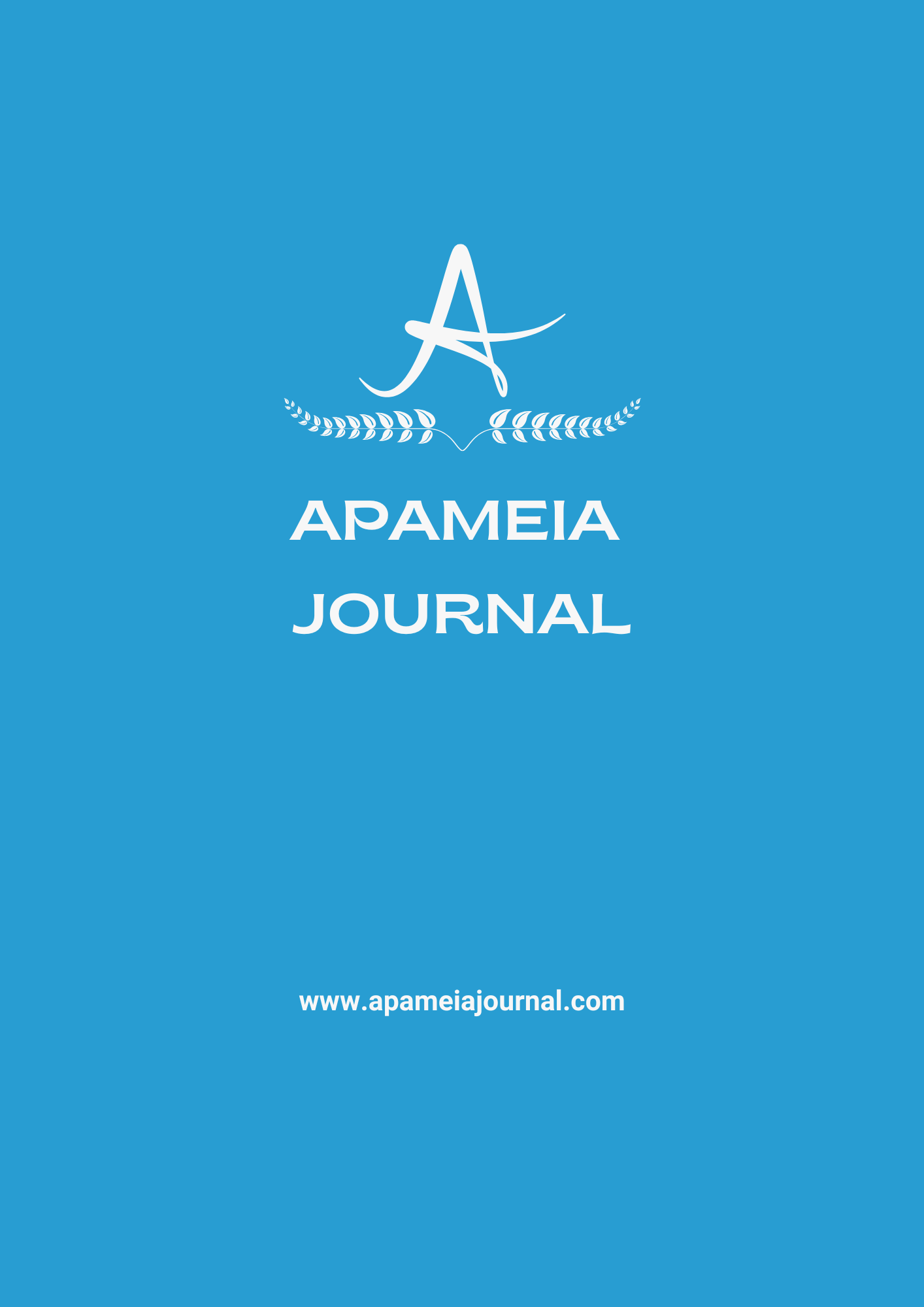Author :
Abstract
Tiyatroda alt türler; varyete, kabare, müzikhol, burlesk, minstrel, sirk ve revü, hünere ve performansa dayalı gösterilerde, ana akım tiyatro ile benzer tiyatral araçları kullanırlar. Alt tür gösterilerinde şarkı, dans, akrobasi, skeç, sihirbazlık, hayvan gösterileri, parodisi yapılmış bir edebi eser, pantomim, kılıç yutma ya da ateş üfleme gibi fiziksel performanslar yer alır. Alt türler özellikle eğlence odaklı bir gösteri içermeleri sebebiyle, komediye ve komik olana öncelik verirler. Ancak bu komedi anlayışı, ana akım tiyatrodan farklı olarak düşünsel bir boyut içermez. Belli bir yazar kurgusuyla şekillenmiş, edebi değeri olan bir metin içermeyen bu komediler, çerçeve sahnede değil, gösteri sırasında yiyip içebilen bir seyircinin arasında gerçekleşir. Doğaçlamaya, sözel mizaha, cinsel imalı erotik skeçlere, slapstick ve akrobasi gibi fiziksel mizaha, dekorda, kostümde ve durumda groteske dayanan alt tür komedisi, seyircilerle birlikte şimdi ve burada yaratılır. Bazı performanslarda seyirciye yönelerek interaktifleşen alt tür komedisi ana akımdan farklı olarak ekonomik ve kültürel bakımdan alt sınıf seyirciye hitap eder. Aynı zamanda ticarileşmiş bir eğlence olması bakımından seyircisine ekonomik açıdan bağlıdır. Bu sebeple seyirci profili ve beğenisi gösterilerin içeriğini belirlemiştir. İkinci dünya savaşından sonra etkinliğini yitiren alt tür gösterileri, striptiz kulüpler, diğer marjinal kulüplere dönüşerek özünü yitirse de içerik ve biçim açısından sinema ve televizyon aracılığıyla varlıklarını günümüze kadar sürdürmüşlerdir.
Keywords
Abstract
In theater, sub-genres such as variety, cabaret, music hall, burlesque, minstrel shows, circus, and revue utilize similar theatrical tools as mainstream theater in their skill- and performance-based shows. These sub-genre performances include elements such as song, dance, acrobatics, sketches, magic tricks, animal acts, parodies of literary works, pantomime, sword swallowing, or fire breathing. Due to their focus on entertainment, sub-genre shows prioritize comedy and the comedic. However, this interpretation of comedy lacks the intellectual depth present in mainstream theater. These comedies, which do not contain a text shaped by a particular author’s narrative and lack literary value, occur in the midst of an audience that can eat and drink during the performance, rather than on a framed stage. The sub-genre comedy, which is created in the here and now with the audience, relies on improvisation, verbal humor, sexually suggestive erotic sketches, slapstick, and physical humor, as well as grotesqueness in decor, costumes, and situations. Unlike mainstream comedy, this sub-genre comedy interacts with the audience by directing attention toward them and appeals economically and culturally to lower-class viewers. Additionally, as a commercialized form of entertainment, it is economically dependent on its audience. For this reason, the audience profile and preferences have determined the content of the performances. Although sub-genre shows lost their prominence after World War II, they have continued to exist in cinema and television in terms of content and form, even as they transformed into strip clubs and other marginal venues, losing their original





